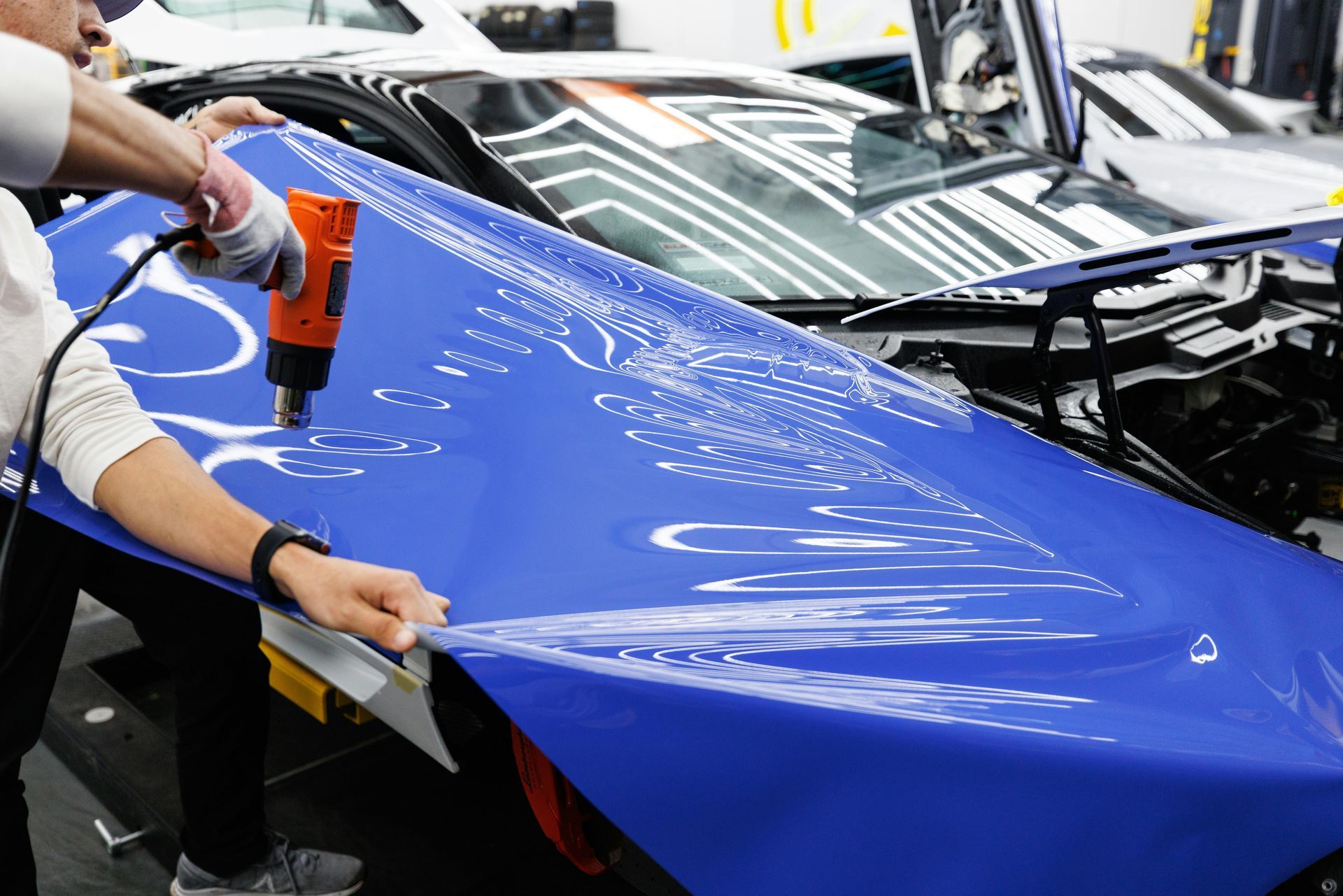Car Damaged During Transport? How to File a Claim & Get It Fixed
Car Damaged During Transport? Here’s What to Do Step by Step
Has your car been damaged during transport?
It can feel overwhelming to discover scratches, dents, or other unexpected damage on a vehicle you trusted someone else to ship. But don’t panic this happens to thousands of drivers every year, and there’s a clear process to follow.
This guide walks you through exactly what to do if your car is damaged during auto transport, from inspections to filing claims, so you can handle the situation confidently and get your vehicle repaired quickly.
Step 1: Inspect Your Car Immediately After Delivery
The moment your car is delivered, inspect it thoroughly:
- Check for scratches, dents, broken mirrors, and any new damage.
- Use your phone to take clear, time-stamped photos from multiple angles.
- Compare these photos to the ones you took before shipping (you did take pre-shipping photos, right?).
This proof is essential for filing an auto transport damage claim.
Step 2: Report the Damage Without Delay
Time is critical. As soon as you notice damage:
- Contact the transport company immediately.
- Provide them with photos, a clear description of the damage, and dates.
- Stay polite but firm, quick reporting strengthens your case and prevents disputes.
Step 3: Review the Bill of Lading (BOL) Carefully
Your Bill of Lading is your strongest evidence.
- Check the pickup notes. If no pre-existing damage was recorded, the carrier is liable.
- If the wording is unclear, consider consulting an expert to understand your rights.
Step 4: File a Claim to Get Compensation
Filing a claim can feel intimidating, but follow these steps:
- Notify the transport company that you’re filing a claim.
- Gather all supporting documents (BOL, photos, repair estimates).
- Submit everything quickly and keep copies.
- Follow up regularly to ensure your claim is processed.
Step 5: Know Your Insurance Coverage
There are two types of insurance to review:
- Transport company’s insurance – usually covers damage caused during shipping.
- Your personal auto insurance – sometimes offers better coverage.
Compare both policies. Choose the route that pays faster and covers more.
Step 6: Get Multiple Repair Estimates
Before approving any repairs:
- Visit at least two to three trusted mechanics.
- Compare estimates to ensure fair pricing.
- Submit the estimate to your insurance or the transport company for approval.
The more documentation you provide, the easier the process.
Step 7: What If the Company Refuses to Pay?
If the transport company pushes back:
- Use their internal complaint resolution process.
- File a complaint with the Better Business Bureau (BBB).
- As a last resort, consult a lawyer experienced in auto transport disputes.
Step 8: How to Prevent Future Car Shipping Damage
Preventative measures can save you from this stress in the future:
- Take detailed pre-shipping photos.
- Choose a reputable, insured company with excellent reviews.
- Understand insurance coverage before signing the contract.
Shipping with a trusted carrier like Budget Auto Transporter minimizes risks and gives you peace of mind.
How common is car damage during transport?
Car damage during auto transport is rare, industry statistics show less than 5% of shipped vehicles report any damage. Still, it’s important to inspect your car carefully upon delivery and document everything.
What should I do first if my car is damaged after shipping?
Immediately inspect your vehicle, take clear photos, and report the damage to the transport company. Quick action strengthens your auto transport damage claim.
Who is responsible for car shipping damage?
The carrier is typically responsible for any new damage not listed on the Bill of Lading at pickup. Their cargo insurance usually covers such incidents.
Does insurance cover car damage during transport?
Yes. All licensed transport companies carry cargo insurance, but coverage varies. You should also check your personal auto insurance to see if it offers additional protection.
How do I file a damage claim with an auto transport company?
Notify the company immediately, submit photos, your Bill of Lading, and repair estimates. Keep detailed records of every communication and follow up until your claim is resolved.
What if the transport company refuses to pay?
You can escalate the issue by filing a complaint with the Better Business Bureau (BBB), contacting consumer protection agencies, or consulting a lawyer specializing in auto transport disputes.














